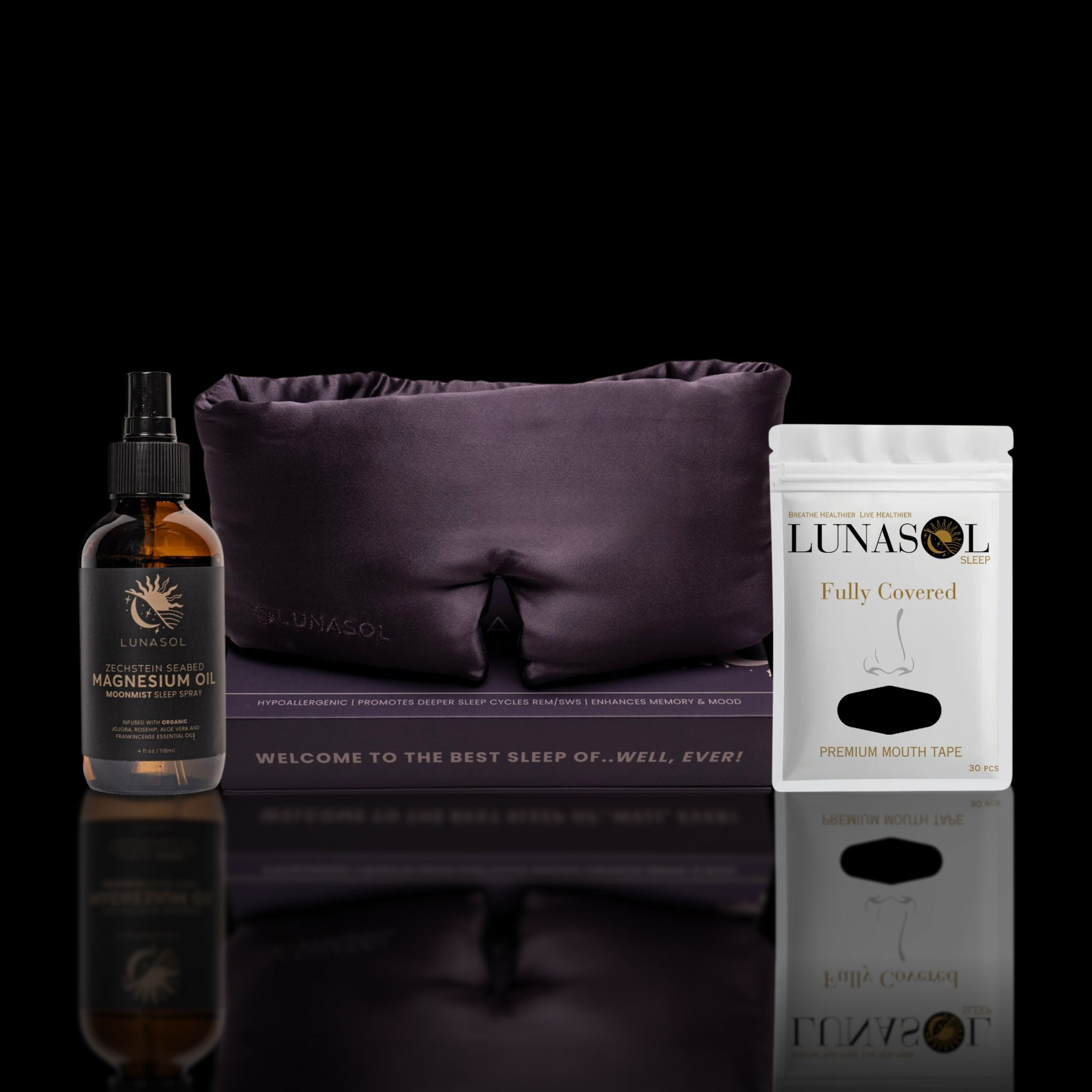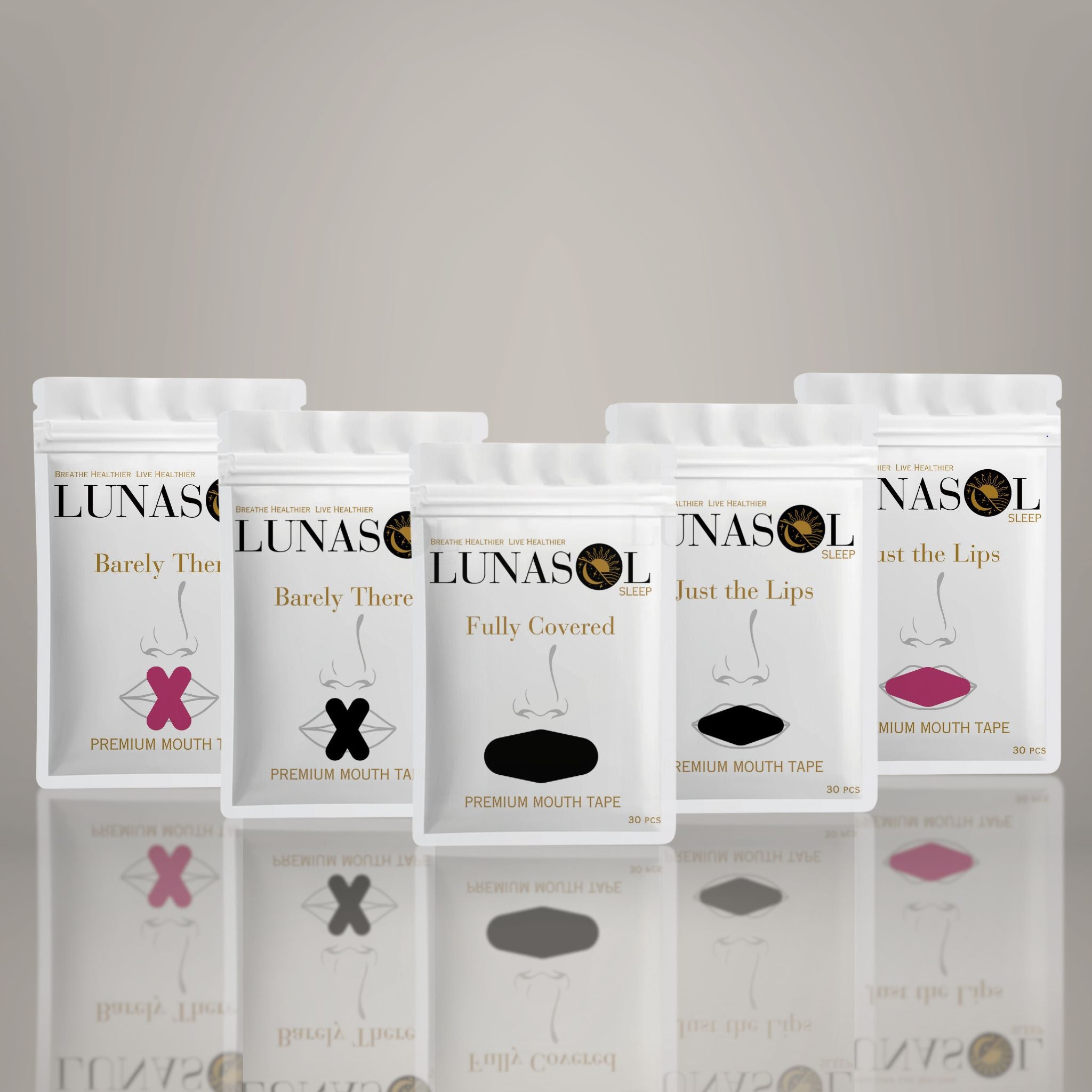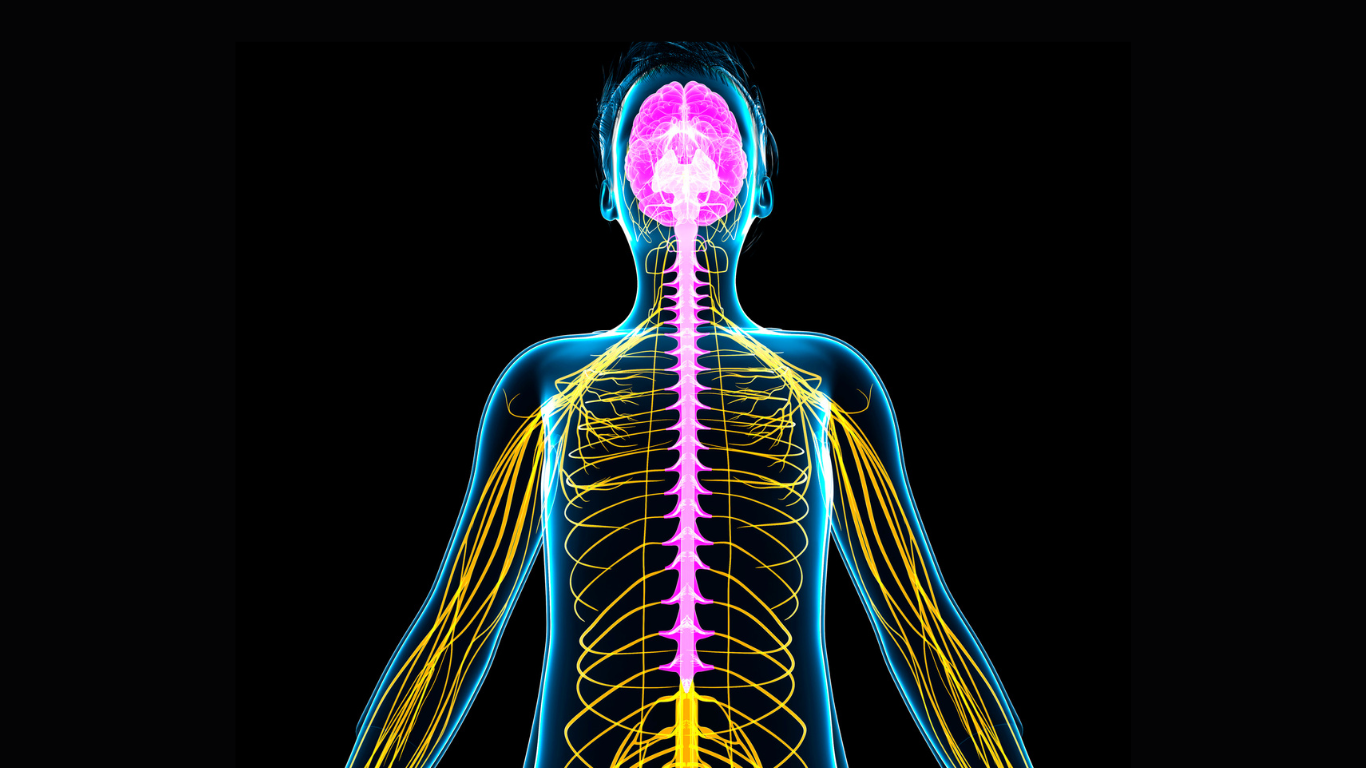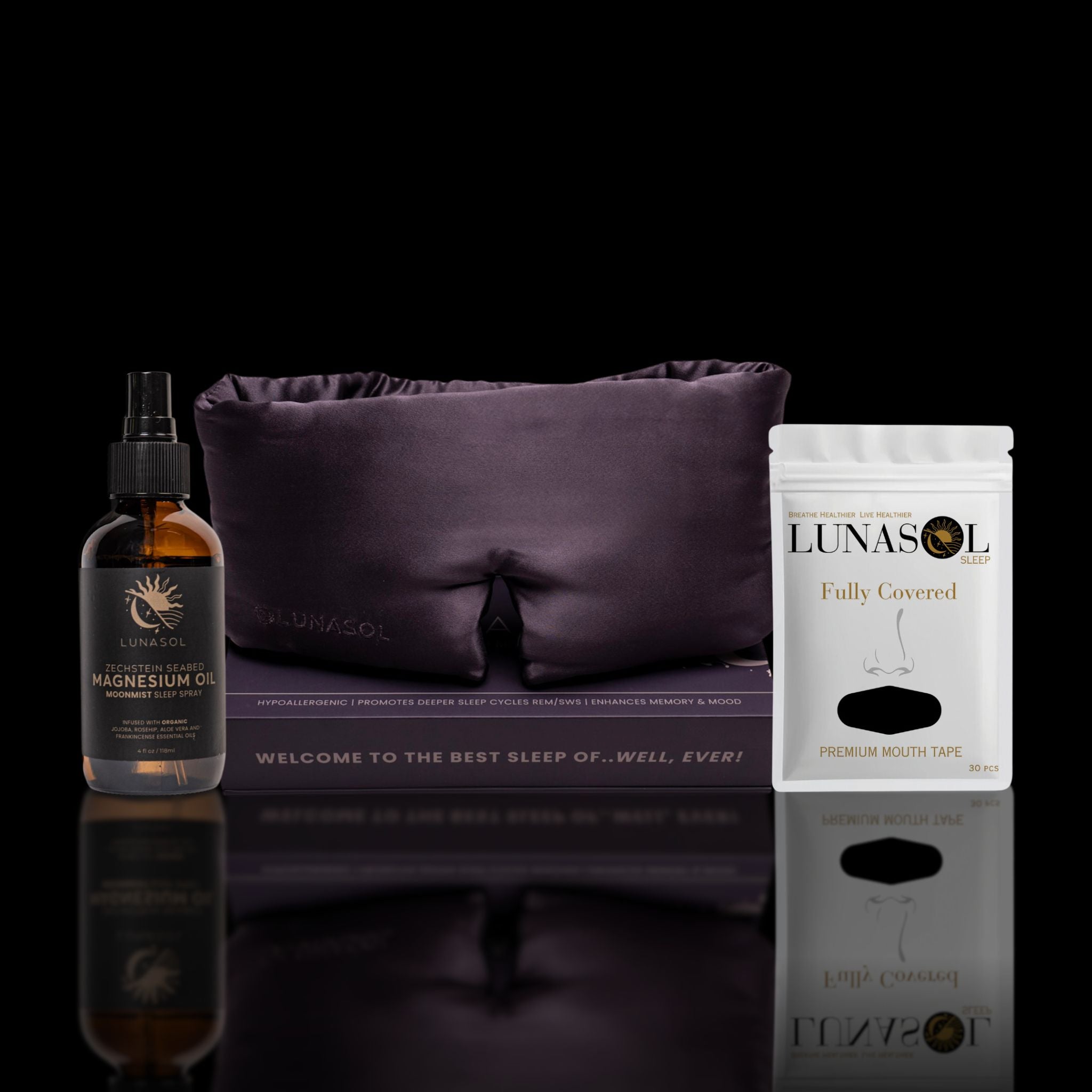In the intricate labyrinth of the human body, the nervous system orchestrates a vast array of physiological responses that ensure our survival and maintain balance. Central to this complex network are the Parasympathetic Nervous System (PNS) and the Sympathetic Nervous System (SNS), each playing critical roles in how we react to stress and relaxation. The mode of breathing—nasally or orally—significantly influences which system is activated, impacting a wide range of health outcomes from mental clarity and emotional stability to physical resilience and relationship dynamics.
The Peacemaker: Parasympathetic Nervous System (PNS)
Often described as the "rest and digest" system, the PNS helps restore the body to a state of calm after the stress or threat has passed. It manages critical functions such as reducing the heart rate, lowering blood pressure, and enhancing digestion, essential for long-term health.
Deep Nasal Breathing: The Key to PNS Activation
Deep, slow breathing through the nose is one of the most effective ways to activate the PNS. This type of breathing stimulates the vagus nerve, which extends from the brainstem to the abdomen, touching various organs and playing a pivotal role in turning on the body’s relaxation responses. This activation has profound effects:
- Stress Reduction: Nasal breathing decreases the production of stress hormones such as cortisol and adrenaline, thereby diminishing the body's stress response and promoting a feeling of calm (Jerath et al., 2006).
- Improved Sleep Quality: Engaging the PNS through nasal breathing helps regulate the sleep-wake cycle, enhancing the depth and duration of sleep, and increasing the quality of REM and deep sleep phases (Brown et al., 2013).
- Mood Regulation: Modulates neurotransmitters that help stabilize mood and reduce anxiety (Philippot et al., 2002).
The Warrior: Sympathetic Nervous System (SNS)
Conversely, the SNS prepares the body for "fight or flight" by increasing heart rate, elevating blood pressure, and boosting blood glucose levels. This response is crucial in acute stress situations but can become problematic if perpetually activated, as is often the case with chronic mouth breathing.
Dangers of Chronic Mouth Breathing
Constant mouth breathing maintains excessive SNS activation, leading to:
- Increased Anxiety and Stress: Elevated stress hormones from prolonged SNS activation disrupt mental health (McEwen, 2007).
- Heightened Cardiovascular Risk: Chronic SNS activity raises heart rate and blood pressure, increasing the risk of cardiovascular diseases such as hypertension and heart failure (Thayer et al., 2010).
- Poor Sleep Quality: Disrupts deep sleep stages, leading to impaired cognitive function and overall health (Bonnet & Arand, 2003).
Lunasol Sleep Mouth Tape: Promoting Optimal Breathing for Holistic Health
Lunasol Sleep mouth tape encourages nasal breathing, enhancing PNS activity and offering broad health benefits. This straightforward intervention can lead to significant improvements in sleep quality, mental clarity, physical health, and overall well-being.
Enhanced Cognitive Function
Ensuring stable oxygen supply through nasal breathing improves sleep quality, crucial for maintaining cognitive functions such as memory and problem-solving. This improved sleep supports neuroplasticity, the brain's ability to adapt to new information and experiences, fostering better cognitive and emotional resilience (Walker, 2009).
Physical Health Improvements
Nasal breathing optimizes blood oxygen and CO2 levels, enhancing energy metabolism and supporting muscle recovery and growth. Athletes, in particular, may notice improved performance and endurance due to better respiratory efficiency and lower heart rates during exertion (Morton et al., 1995).
Positive Impact on Emotional and Relational Health
The calming effect of the PNS fosters emotional stability, making individuals more responsive in their relationships. Better sleep enhances mood stability and can increase resilience in coping with everyday stresses, thereby fostering healthier and more supportive interpersonal dynamics (Porges, 2007).
Sexual Health Benefits
Moreover, the regulation of stress and improvement of blood circulation through optimal breathing also contribute to better sexual health. Reduced stress levels can enhance libido and overall sexual function, providing a direct link between how we breathe and our sexual well-being. Enhanced relational dynamics, facilitated by improved emotional health, further enrich intimate relationships, creating a virtuous cycle of health and happiness (Brody, 2006).
Conclusion
Understanding the impact of nasal versus mouth breathing on health allows individuals to make informed choices about incorporating practices like using Lunasol Sleep mouth tape to optimize their physiological and psychological well-being. This simple, yet profoundly effective intervention can unlock significant health benefits, transforming not just the quality of sleep but also enhancing overall life quality.
By embracing nasal breathing, individuals harness a natural and powerful tool for health maintenance, proving once again that sometimes the simplest solutions are the most effective. Embrace this subtle yet powerful shift, and experience the profound benefits that come from aligning with the body's natural rhythms and preferences.
References
- Jerath, R., et al. (2006). Physiology of long pranayamic breathing: Neural respiratory elements may provide a mechanism that explains how slow deep breathing shifts the autonomic nervous system. Medical Hypotheses, 67(3), 566-571.
- Brown, R.P., & Gerbarg, P.L. (2013). The Healing Power of the Breath. Shambhala Publications.
- Philippot, P., et al. (2002). Respiratory feedback in the generation of emotion. Cognition and Emotion, 16(5), 605-627.
- McEwen, B.S. (2007). Physiology and neurobiology of stress and adaptation: central role of the brain. Physiological Reviews, 87(3), 873-904.
- Thayer, J.F., et al. (2010). A meta-analysis of heart rate variability and neuroimaging studies: Implications for heart rate variability as a marker of stress and health. Neuroscience & Biobehavioral Reviews, 35(3), 747-756.
- Bonnet, M.H., & Arand, D.L. (2003). Clinical effects of sleep fragmentation versus sleep deprivation. Sleep Medicine Reviews, 7(4), 297-310.
- Walker, M.P. (2009). The role of sleep in cognition and emotion. Annals of the New York Academy of Sciences, 1156, 168-197.
- Morton, A.R., et al. (1995). Comparison of maximal oxygen consumption with oral and nasal breathing. Australian Journal of Science and Medicine in Sport, 27(3), 51-55.
- Porges, S.W. (2007). The polyvagal perspective. Biological Psychology, 74(2), 116-143.
- Brody, S. (2006). Blood pressure reactivity to stress is better for people who recently had penile-vaginal intercourse than for people who had other or no sexual activity. Biological Psychology, 71(2), 214-222.

















